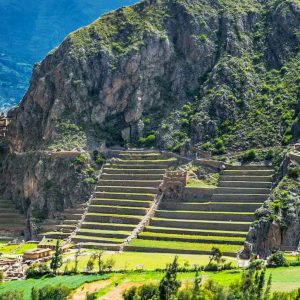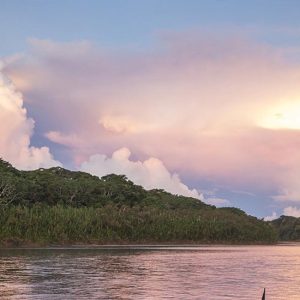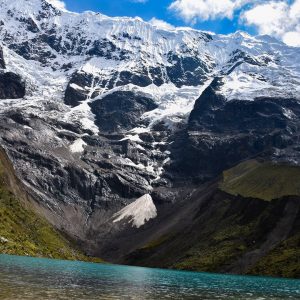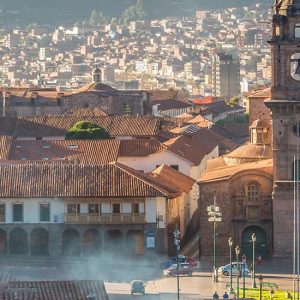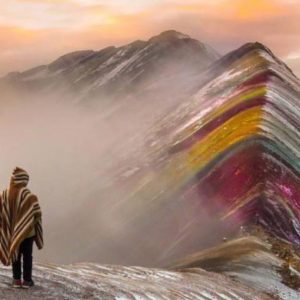Every big city hides secrets that remain under the radar of mass tourism, and Cusco is no exception. From the hidden temples of Cusco, to the mysterious Haunted House, to the psychedelic dawn of three suns, these are examples of the hidden gems. The following are the 7 secrets of Cusco that you will not find in any travel guides.
1. TEMPLE OF THE MOON
The Temple of the Moon, only a short one hour uphill walk from Plaza De Armas. Nicely tucked away from the noise and bustling movement of the Plaza. The temple contains one cave with a ceremonial altar, where the figures of pumas, snakes and condors are carved. Its purpose is to revere fertility. The sites caves were built to let in sunlight and moonlight on specific days, pointing to specific parts of the altars. Access to the temple is completely free.
How to get there: From Plaza de Armas, walk along Calle Triunfo (be aware that the street name changes a few times as you proceed), continue walking up through the entire San Blas neighborhood. It’s all uphill, so it does require a certain level of physical fitness. Eventually, the route becomes rural. Continue up the stairs until you reach the green plateau where the Temple is located. The Monkey Cave, Zone X, and Quenco also located in the same area.
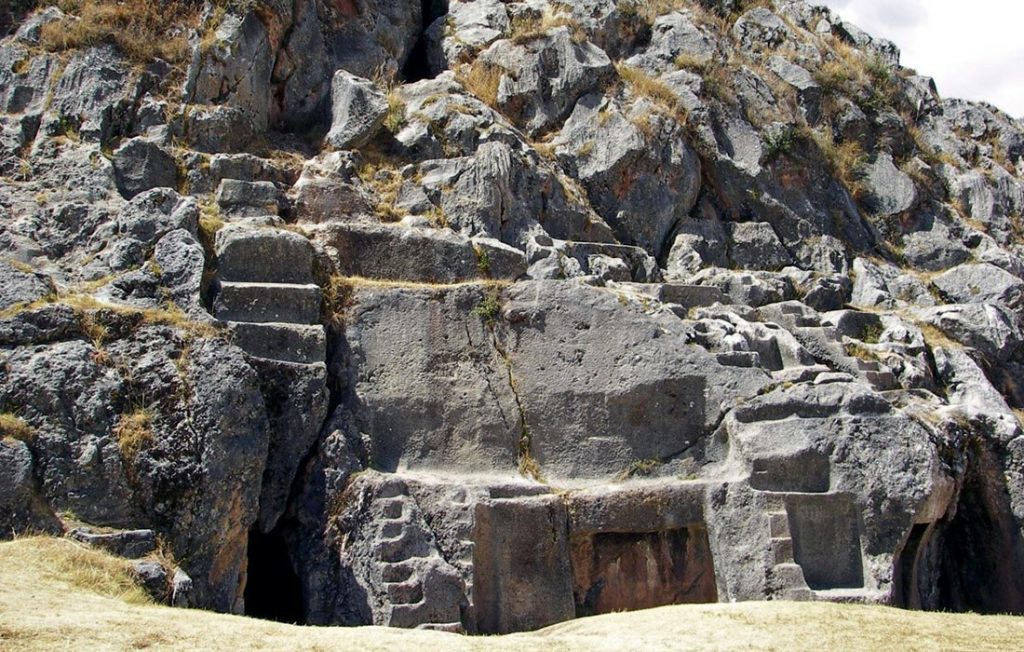
2. THE LAST CUY DINNER
The cultural adaptation of certain beliefs, especially when it comes to religious works, gives a special flavor to well known history. This is the case of the canvas of the Last Supper in the Cathedral of Cusco. We have the classic elements of a traditional Christian Last Supper paintings, but clearly that feast was given in Cusco. In the painting, you can see chili peppers, fruits, corn and the most importantly : a guinea pig (cuy), the most important delicacy of the region. The painting is attributed to Peruvian painter Marcos Zapata, who used to incorporate cultural blends like these into his works.
Where to see it: In the Basilica of the Cathedral of Cusco, in the Plaza de Armas.
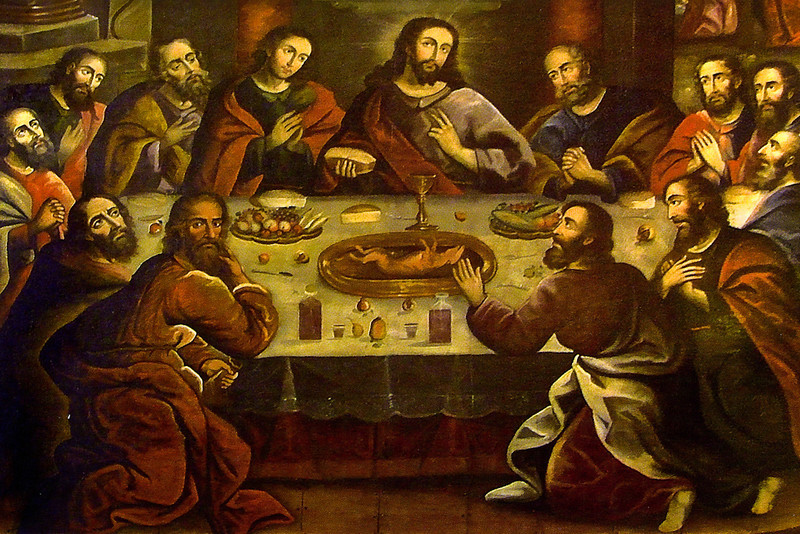
3. THE HAUNTED HOUSE
Warning: this description is violent. Also, we must state up front: we do not recommend anyone enter this house, it´s in complete deterioration, with structural cracks. We suggest that you observe it from Saphi Street and immerse yourself in thoughts about what has happened in the past 70 years that it has remained uninhabited. According to journalist Estela Bocangel: It all started after a woman was killed by her lover. Since then, the house has been the place of secrets, strange rituals, torture and homicides. The most horifying story of them all is the recent tale of the leader of the Colliguay Sect, Ramón Castillo (better known as Antares de la Luz) who committed suicide here in 2013, after making world news for having burned a newborn alive during a ritual.
How to see it: You must walk along Plateros Street (later called Saphi Street) towards the northwest. It is located near house no. 800.
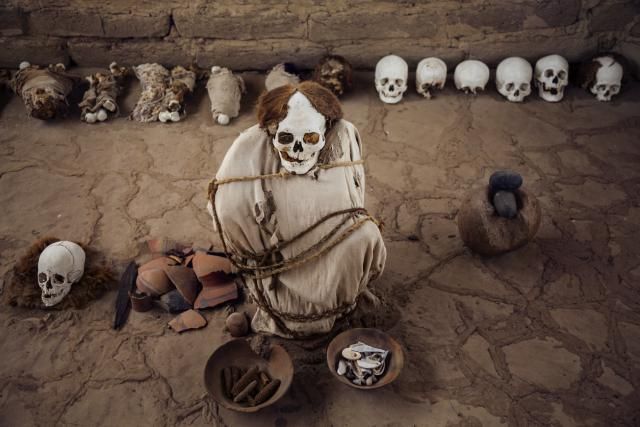
4. DEVIL’S BALCONY
Behind Sacsayhuamán (one of the most important Inca archeological centers in the sector) is Balcón del Diablo. A natural architectural heritage that the Incas used as a point of entry to the city of Cusco. It´s a giant rock with a ¨balcony¨ in the middle that gives you spectacular views of the stream that runs below. In addition, you can cross the rock through the tunnel running on the same level as the river.
How to get there: From Sacsayhuaman, head north for about 1.3km, turn right into a small street, walk for another 750 m, then take a sharp left for 250m, finally take a right and you have arrived. The walk should take around 20 minutes.
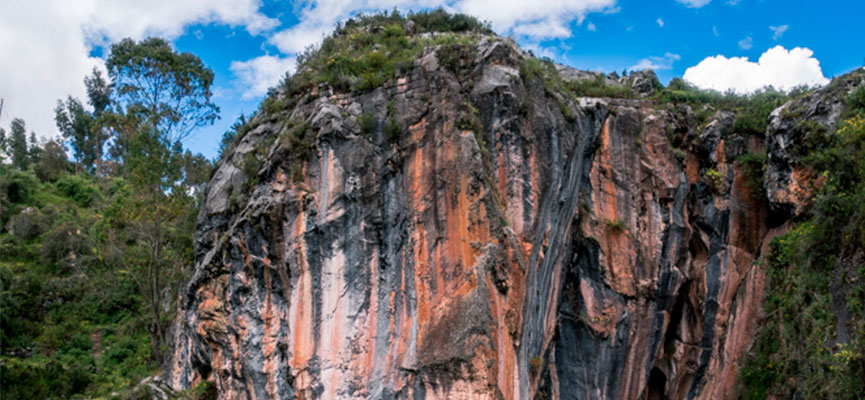
5. HUCHUY QOSCO
Huchuy Qosqo (Little Cusco in Quechua) is a perfect one day trek, this site stands at 3,650 meters above sea level and offers incredible views of the Sacred Valley. In its time, it was an important agricultural center for the production of corn. It has perfect stone constructions called Collcas, used to store and preserve food. There are no public roads that access it, but in Denomades there is a trek that connects Huchuy Qosqo with Machu Picchu in two days.
How to get there: From Cusco, take a vehicle north to Calca. From the Minasmoqo sector, continue on foot or on horseback to the base of the mountain. Then climb the hillside to reach the ruins.
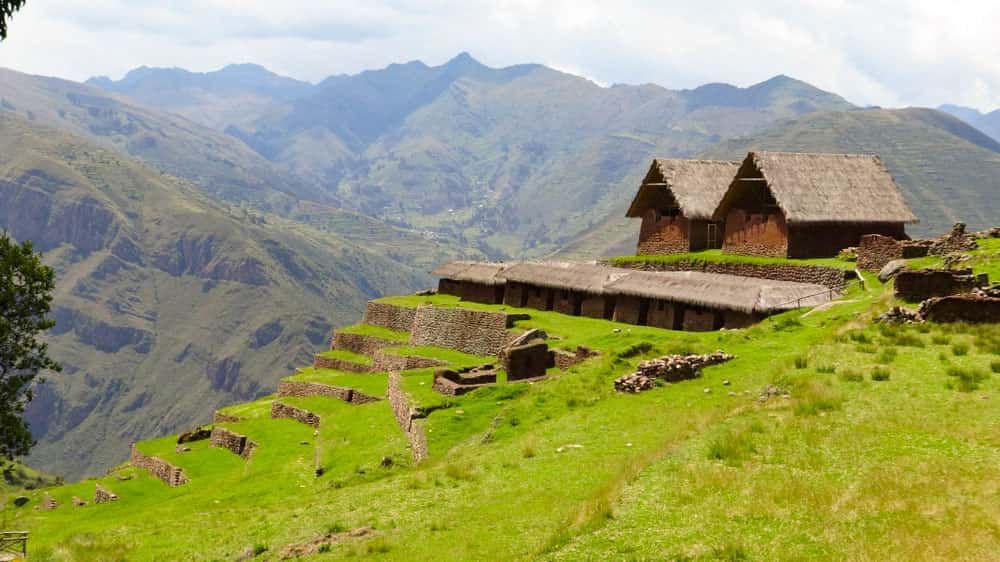
6. WAQRAPUKARA
Waqrapukara is so unknown that archeologists have not yet agreed whether it was a fortress, a sanctuary or an astronomical observatory. This monument is located at 4,300 meters above sea level in the Apurimac canyon, south of the city of Cusco. The landscape is overwhelmingly beautiful, surrounded by impressive platforms, squares and a giant monolith that contemplates the mountain landscape.
How to get there: You must go on a two and a half hour drive from Cusco to Saint Lucia. From there, the trek is about 2 hours.
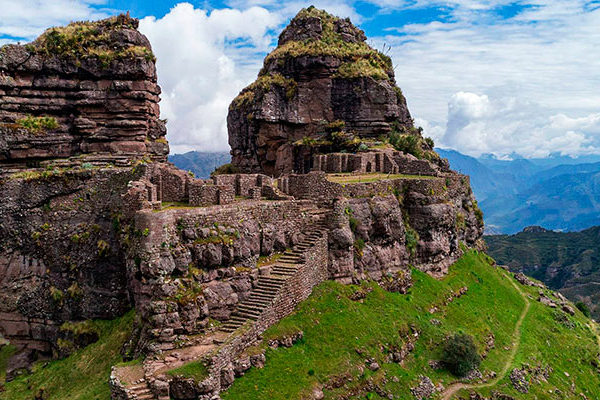
7. TRES CRUCES
From the Tres Cruces Natural Viewpoint, you can see one of the most spectacular and secret sunrises in the world! We are not exaggerating. This viewpoint is located in Paucartambo, just over 100 km southeast of the city of Cusco. It´s called Tres Cruces because, during the winter solstice (June 21) and a few days before and after, a phenomenon occurs in which the atmosphere of the place distorts the sunlight, making the illusion that there is not one, but 3 suns that light the earth.
How to get there: The journey will take you a total of 5 hours from Cusco to Paucartambo. You will then cross the last section by truck becuase the route is unpaved. The effect begins to be visible around 4:30 am, we recommend you leave early the night before in order to arrive on time. You can combine your trip with a tour of the Manu National Park, where there are incredible species of vegetables and animals in the area.





